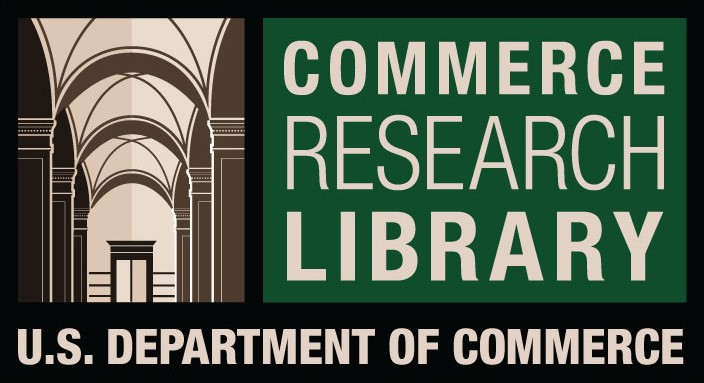HATE SPEECH UNDER INTERNATIONAL AND NATIONAL LAWS: A COMPARATIVE ANALYSIS FROM ISLAMIC LAW PERSPECTIVE
DOI:
https://doi.org/10.61841/v93ghz17Keywords:
Hate speech, Socio-political, World, International law, National law, Islamic lawAbstract
Hate speech and expression is considered as one of the burning issues of the current socio- political world. The approaches of international and national laws are generally different from Islamic law in the subject. The formal laws commonly provide infinitive freedom while Islamic law wants some limits up on it. In other words, international and national laws represent unbounded freedom of speech with nominal legal restrictions whereas Islamic concept of freedom of expression has various moral and legal bindings based on divine ethics to protect freedom of expression and individual rights and not to curb the acts of civil and religious defamation. Hence, the legal constraints in international and national laws are insufficient because they legalese unlimited freedom of speech and their legal restrictions are also either partial or nonexistent. This article is a comparative desiccation which examines international, national and Islamic laws to protect people from hate speech and expression. The study follows qualitative approach to discuss the issues and analyses data. Basically, secondary resources are used in this paper, thus information has been taken from articles, book, newspapers, case laws and status. This study finds that the freedom of speech and expression is a fundamental human right which must be achieved through certain essential objectives like disclosure of truth and the honour of human beings.
Downloads
References
1. Alam, A. A. (2017). RESTRUCTURING THE BALLOT BOX: A COMPARATIVE STUDY OF CRIMINAL DISENFRANCHISEMENT LAWS AND ISLAMIC LEGAL POSITION (pp. 14–III). pp.
14–III. Islamabad Law Review, 1(4).
2. Altwaijri, A. O. (2003). Islamic discourse between tradition and modernity. Islamic Educational, Scientific and Cultural Organization-.
3. Alzahrani, S. M. (2017). Hate Speech from the Traditional Islamic Perspective.
4. Askarial, A. (2017). Comparison Of Islamic Criminal Law And Positive Criminal Law In Indonesia About Abortion. (pp. 185–203). pp. 185–203. UNES Journal Of Law, 2(2).
5. Bhat, A. M. (2014). Freedom of expression from Islamic perspective (pp. 69–77). pp. 69–77. Journal of Media and Communication Studies, 6(5),.
6. Burke, M. T., Chauvin, J. C., & Miranti, J. G. (n.d.). Religious and spiritual issues in counseling: Applications across diverse populations. Routledge.
7. Gelashvili, T. (2018). Hate Speech on Social Media: Implications of private regulation and governance gaps. Faculty of Law,LUND UNIVERSITY.
8. Islam, M. Z., & Jahan, A. (2015). RIGHT TO PRIVACY: IS IT A FUNDAMENTAL RIGHT IN
BANGLADESH CONSTITUTION (pp. 1–7). pp. 1–7. Journal of Asian and African Social Science and Humanities (ISSN 2413-2748), 1(1),.
9. Islam, M. Z. (2013). Health as Human Rights under Malaysian National Legal Framework. (pp. 51–57).
pp. 51–57. IOSR Journal Of Humanities And Social Science (IOSR-JHSS) Vol, 12(5),.
10. Jallow, A. Y. (2015). Freedom of Expression from the Islamic Perspective. (p. 278). p. 278. J Mass Communication Journalism, 5.
11. Kamal, M., & Arifin, M. Y. (2019). The Community Role in Prevention and Eradication of Corruption. (pp. 51–58). pp. 51–58. Varia Justicia, 15(2),.
12. Kamali, M. H. (1997). Freedom of Expression (pp. 208–209). pp. 208–209. Islamic Texts Society.
13. Pálmadóttir, J., & Kalenikova, I. (2018). Hate speech an overview and recommendations for combating it. (pp. 1–27). pp. 1–27. Icelandic Human Rights Centre.
Published
Issue
Section
License

This work is licensed under a Creative Commons Attribution 4.0 International License.
You are free to:
- Share — copy and redistribute the material in any medium or format for any purpose, even commercially.
- Adapt — remix, transform, and build upon the material for any purpose, even commercially.
- The licensor cannot revoke these freedoms as long as you follow the license terms.
Under the following terms:
- Attribution — You must give appropriate credit , provide a link to the license, and indicate if changes were made . You may do so in any reasonable manner, but not in any way that suggests the licensor endorses you or your use.
- No additional restrictions — You may not apply legal terms or technological measures that legally restrict others from doing anything the license permits.
Notices:
You do not have to comply with the license for elements of the material in the public domain or where your use is permitted by an applicable exception or limitation .
No warranties are given. The license may not give you all of the permissions necessary for your intended use. For example, other rights such as publicity, privacy, or moral rights may limit how you use the material.









